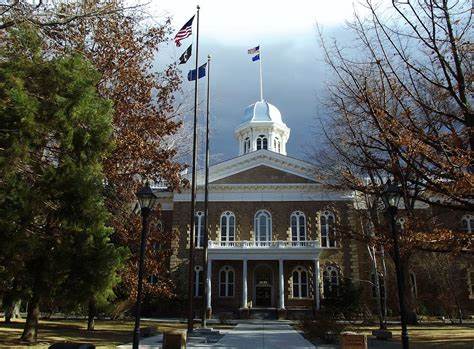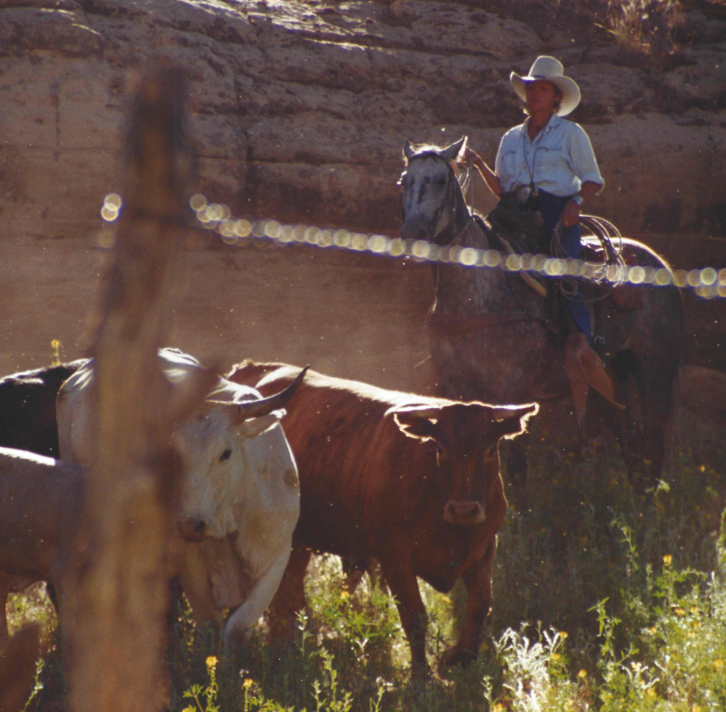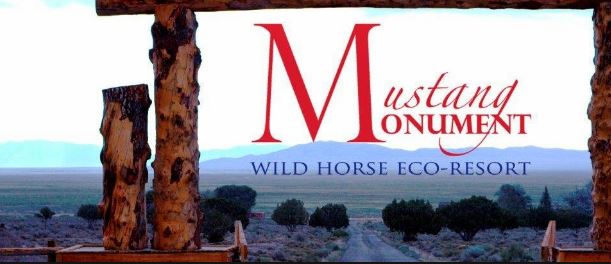Acting as the blog and news aggregator for RANGE magazine, rangefire.us posts items of interest to rural communities in the West, ranchers, Western lawmakers and others with a stake in grazing and property rights. ~Ed
Press Release
Montana Natural Resource Coalition Implicates the Bureau of Land Management Landscape, Conservation and Health Rule; Requests Congress to Evaluate the Taylor Grazing and Federal Power Acts in Agency Rulemaking.
July 5, 2023
(LEWISTON, MT) – On June 29, the Montana Natural Resource Coalition (MtNRC) sent a letter to 11 U.S. Legislators requesting a congressional hearing on the Bureau of Land Management Landscape, Conservation and Health Rule (CLHR). Accompanying the congressional request was MtRNCs landmark “Survey of the History, Background, and Compliance of the Proposed BLM Landscape, Conservation and Health Rule with the Public Land Saws of the United States.”
MtNRC is a coalition of seventeen (17) Montana counties with county jurisdiction over 48,934 square miles of Montana lands.
The letter to congress, signed by Valley County Commissioner and MtRNC President John Fahlgren, concludes that the CLHR is substantially similar in content, intent, and purpose to the 2016 BLM Planning 2.0 rule which was rejected by Congress under the Congressional Review Act (CRA). MtNRC also demonstrates that the CLHR Conservation Leasing system, if adopted, would implement the Biden Administrations National Asset Capitalization and Inventory policy agenda that enables international trading of the natural resources belonging to the United States.
Th MtNRC Survey evaluates the CLHR through investigation of the original statutory purpose and mission of the BLM, and through application of a century of public land laws to a proposed rule that would transition vast regions of productive federal lands landscape level wildlife conservation using a conservation biodiversity ideology.
Counties across the West are becoming increasingly aware of the vast negative impacts that the CLHR will have on their counties. They point to the long history of cozy relationships between non-governmental organizations and the federal agencies that are supposed to manage the land for its highest and best use. These agencies seem to have forgotten the role that county commissioners and state legislatures, by statute, play in these land-management decisions.





Time to kill the NGO.